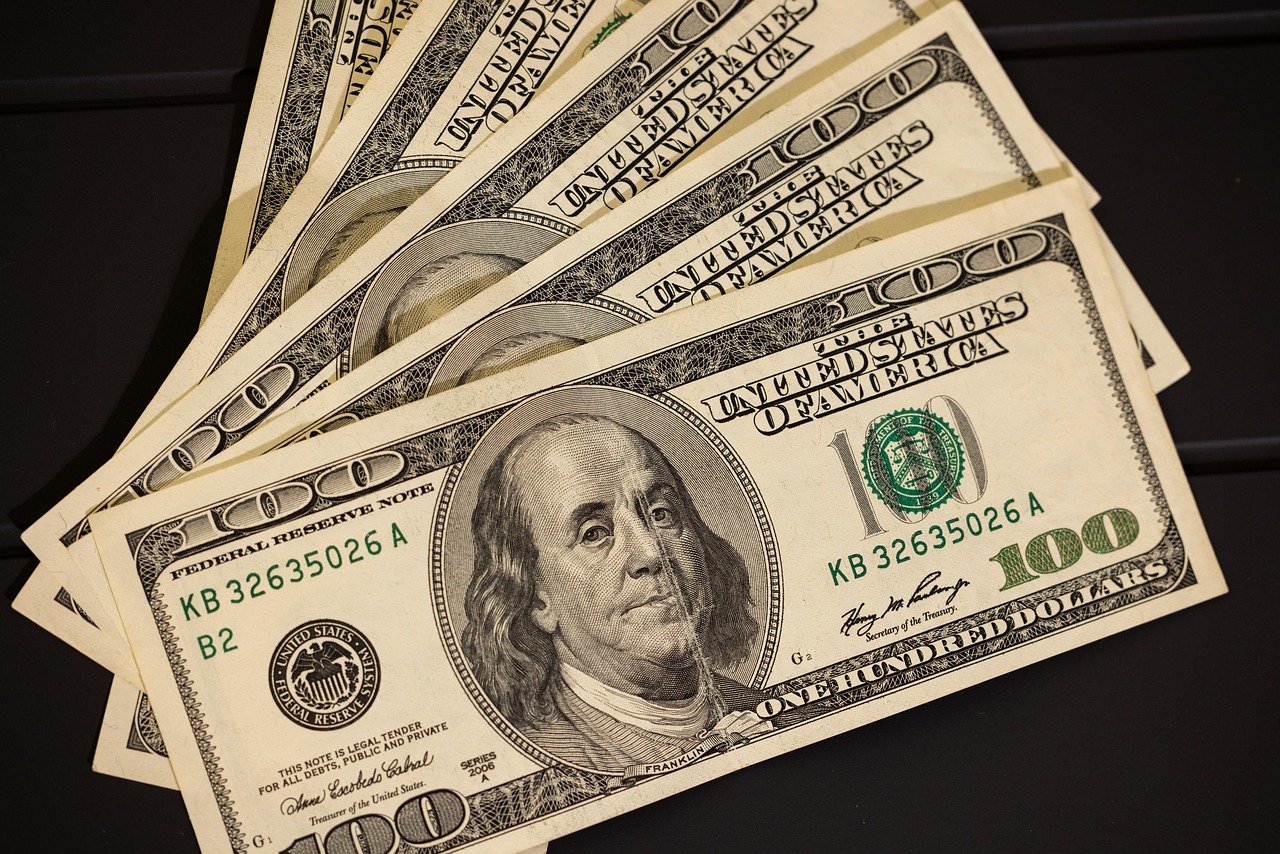Cash Flow vs Capital Gain: Choosing the Right Investment Strategy
Investing in real estate often comes down to a key decision: do you prioritize cash flow or capital gain? Here’s a story from my own portfolio:
- Older Condo: Purchased for $130,000, generating $1,550/month in rent. High cap rate and immediate cash flow, but some risk due to age and potential maintenance issues.
- Newer Condo: Purchased for $170,000, generating $1,600/month. Lower immediate cash flow, but growing faster in value with fewer maintenance concerns.
Real estate investors often find strong cash flow in low-income properties, sometimes supported by federal or municipal grants. These can provide stable income, but remember that property value growth tends to lag behind more affluent areas.
Understanding Cash Flow vs Capital Gain
- Cash Flow: Provides immediate income, helps cover mortgage and expenses, and reduces risk from vacancies. High cash flow can offset tax obligations, but older properties may carry higher maintenance costs.
- Capital Gain: Appreciation over time increases your equity. Newer or high-demand properties often grow faster, with tax benefits since gains are only taxed on sale.
Hybrid Strategy: Best of Both Worlds
A balanced portfolio often includes a mix of:
- Cash Flow Properties: Older, high-cap-rate properties providing steady monthly income.
- Growth Properties: Newer or high-demand area properties building long-term equity.
This approach allows you to mitigate risk while optimizing returns over time.
Interactive Investment Table
Adjust the numbers to see cash flow, projected growth, and your combined Investment Score:
Total Monthly Cash Flow: $0
Projected 5-Year Value Increase: $0
Legend: Investment Score = (Monthly Rent / 100) + Projected Growth %. Higher score indicates a better combination of cash flow and growth potential.
